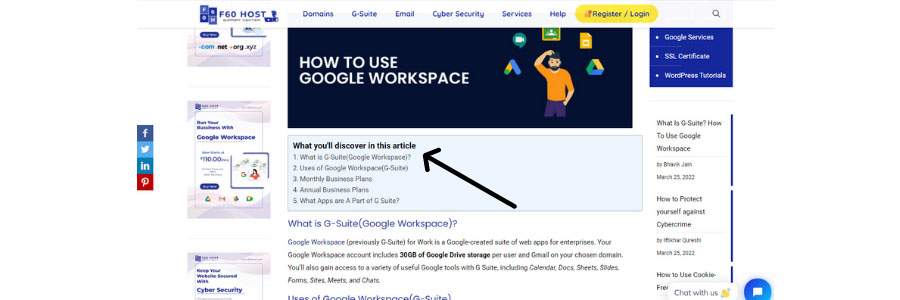5 Easy Steps to Improve Your Website’s SEO

What’s the point of having a great website, great content, or great products and services if no one sees them? While being online is important in today’s world, it’s even more important that people can find you, that more and more people visit your website, and that you can consistently drive traffic and grow your online visibility.
What is Search Engine Optimization (SEO)
Search Engine Optimization (SEO) is a powerful method for increasing traffic and ranking higher on search engines. It is a collection of strategies, tools, and techniques that ensure your website is search engine optimised and that whenever people search for what you offer, you appear as one of the top search results.
Whether you have a new or established website, everyone needs to introduce the best SEO practises in order to increase visibility and stay on top! It combines SEO best practises, tips, and techniques to optimise your website for search engines.
Steps to Improve Your Website’s SEO
However, not everything may be applicable to you, and some of these techniques may be advanced and unnecessary for you to get started. We’ve put together a list of 5 ways to boost SEO for your website to get you started right away. Let’s look at 5 simple steps to improve SEO for your website:
1. Create content using keyword research as a guide.
Keyword research not only helps in the formation of your article’s guideline, but it also allows you to discover what your audience wants to read so you can create a content strategy that caters to them.
You should write information that is easy to read and understand. The ability to demonstrate a balance between keywords and normal language is required for Google-friendly writing.
2. Create a Content Hierarchy for Featured Snippets
When creating content, consider the quality, relevancy, and organisation of the content on the page. Every page should be rationally organised, with the most important information at the top and headings explaining what the reader will learn in each section.
Readers spend the majority of their time looking at the content at the top of the page, it’s critical to grab their attention right away. Google, on the other hand, doesn’t always index information based on what’s at the top of the page.
Consider including move links at the top of your page to improve the reader’s experience and increase your chances of receiving featured snippets. This makes navigating easier and the user experience more engaging. It also allows you to be more creative with your header tags in order to target featured snippets.
As seen in the image below

3. Optimize Website Images
When it comes to SEO, it’s simple to dismiss image optimization as an afterthought. When done effectively, it can assist generate traffic to your website. Improving the SEO of your photos is a simple process. When optimising photos for your website, there are a few factors to remember:
- Use JPEGs image rather than PNGs because they load faster.
- Make sure the images are appropriate for the topic.
- Use alt tags, picture file names, and image titles to make your images stand out.
- Make sure the actual pictures you’re using are your own.
- Inspect the images to make sure they’re the right size for mobile.
4. Website should be mobile-friendly(Responsive).
According to recent statistics, mobile devices account for almost 75% of Google searches. As a result, it’s critical to ensure that your website is mobile-friendly. Mobile-friendly websites are rewarded by Google. You’ll want to analyze and compare mobile and desktop keywords independently to optimize for mobile SEO. Using an SEO tool can help you find mobile analytics insights, which can help you find content or keyword gaps that your mobile-friendly material can fill.
5. Improve On-Page or Off-Page SEO
As we previously discussed, having all of your on-page SEO should be your next focus after making sure your content and structure are optimised for featured snippets. Google relies heavily on your URL and meta title to figure out what your content is about.
Off-Page SEO is a search engine optimization method that improves your company’s visibility in local search results. With 48% of Google search searches requesting local information, increasing your local SEO is critical, especially if you want to generate local traffic and leads.
Search engine optimization (SEO) is a vital element of any business. The 5 simple techniques to boost your business’s SEO might help you improve your search engine rankings. Now it’s time to put them into action. As more businesses improve their SEO, you must stay ahead of the competition and get your website to the top of the search engines.
Need help with on-page or off-page SEO for your website?
